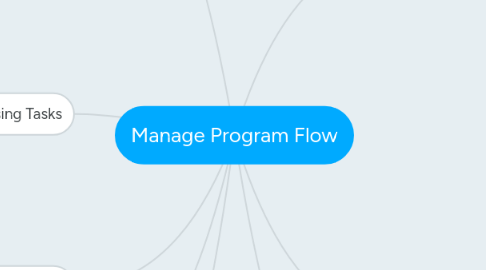Manage Program Flow
by José Robson Assis


1. Implement Program Flow
1.1. Working boolean Expressions
1.1.1. >,<, <=, >=, ==,!=
1.1.2. OR(II), AND(&&), XOR(^)
1.2. Making Decisions
1.2.1. Iterating across collections
1.2.1.1. For
1.2.1.2. While
1.2.1.3. Do While
1.2.1.4. Foreach
1.2.2. If
1.2.3. switch
1.2.4. Null-coalescing operator (??)
1.2.5. Conditional operator (?:)
1.2.6. Jump Statements
1.2.6.1. break
1.2.6.2. continue
1.2.6.3. goto
2. Create and implement events and callbacks
2.1. Understanding delegates
2.1.1. Covariance and Contravariance
2.2. Using Lambda Expressions
2.2.1. Action Type
2.3. Using Events
2.3.1. Publish-Subscribe pattern
2.3.2. Event
2.3.3. EventHandler
2.3.4. EventArgs
2.3.5. Add, Remove, Lock
2.3.6. GetInvocationList
3. Implement multithreading and asynchronous processing
3.1. Understand Threads
3.1.1. Thread.Join
3.1.2. Thread.Sleep
3.1.3. Background x Foreground
3.1.4. ParameterizedThreadStart
3.1.5. ThreadStatic
3.1.6. ThreadLocal<T>
3.1.7. Thread.CurrentThread
3.1.8. ThreadPools
3.1.9. ThreadClass
3.1.10. Thread.Abort

